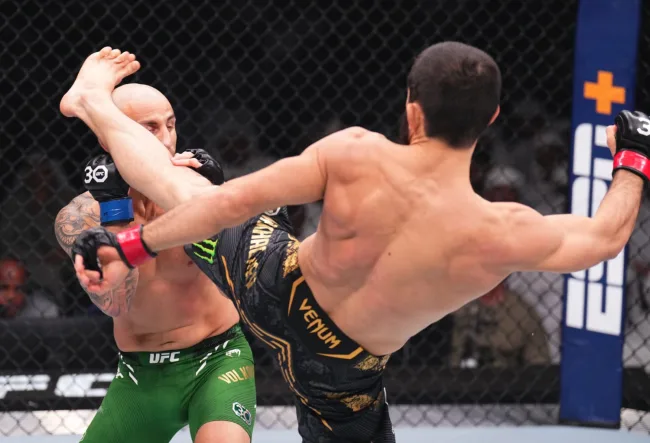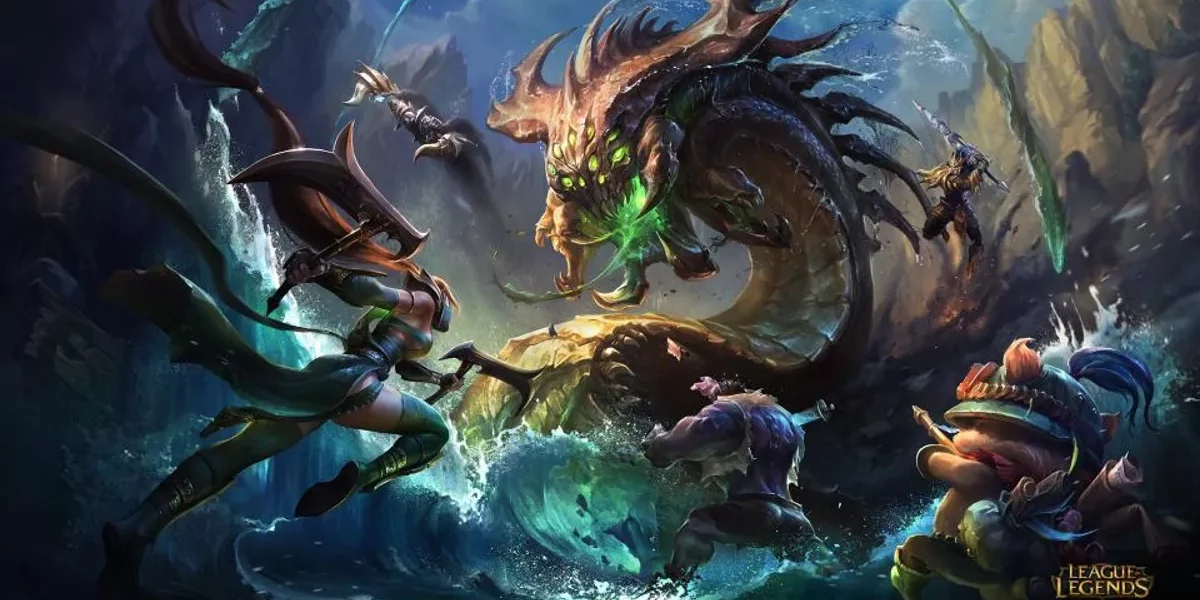Participating in sports can be one of the most enjoyable and fulfilling ways to stay active and lead a healthy lifestyle. While many sports offer physical and mental benefits, some stand out for their exceptional demands on an athlete’s strength, endurance, and overall physical fitness. In this article, we will explore the top five physically demanding sports to play. These sports require athletes to push their bodies to the limit, testing their strength, agility, and endurance.
1. Rugby
Rugby is a physically demanding sport known for its intense physicality and relentless pace. It is a full-contact sport that challenges players in various ways:
- Collision and Tackling: Rugby players frequently engage in high-impact tackles and collisions, requiring immense strength and stability to withstand the force of these encounters.
- Endurance: A rugby match consists of two halves, each lasting 40 minutes, with minimal stoppages. Players need exceptional cardiovascular endurance to keep up with the pace and recover quickly.
- Strength: Scrummaging, lineouts, and rucks demand a great deal of upper-body and lower-body strength. Players need to be powerful and agile to excel in these aspects of the game.
2. CrossFit
CrossFit is a strength and conditioning program that blends elements of various sports and exercises, creating a well-rounded and grueling athletic challenge. It involves high-intensity, functional movements, and constantly varied workouts:
- Functional Movements: CrossFit combines weightlifting, gymnastics, and cardiovascular exercises in a dynamic way, emphasizing functional movements that translate to real-life activities.
- High Intensity: CrossFit workouts are designed to be intense, pushing athletes to the limits of their strength, endurance, and mental fortitude.
- Variety: Workouts are constantly changing, keeping participants on their toes and preventing the plateauing of fitness levels.
3. Ice Hockey
Ice hockey is a fast-paced, high-impact sport that places significant physical demands on its players:
- Speed and Agility: Ice hockey players must skate with exceptional speed and agility, making rapid changes in direction while handling the puck.
- Endurance: A standard ice hockey game consists of three periods of 20 minutes each, with minimal stoppages. Players need remarkable cardiovascular endurance to maintain their performance throughout the game.
- Strength and Toughness: Players must contend with physical battles, checks, and collisions, requiring significant upper-body and lower-body strength and a high pain threshold.
4. MMA (Mixed Martial Arts)
Mixed Martial Arts (MMA) is a combat sport that combines elements of various martial arts disciplines, including boxing, Brazilian Jiu-Jitsu, Muay Thai, and wrestling. MMA fighters face an array of physical challenges:
- Skill Versatility: MMA fighters need proficiency in multiple martial arts disciplines, making the sport both mentally and physically demanding.
- Endurance: MMA bouts are physically grueling and may last for several rounds. Fighters must maintain their cardiovascular endurance while grappling, striking, and defending themselves.
- Strength and Conditioning: MMA athletes must have a balance of strength, speed, and agility to be competitive in a sport where versatility is key.
5. Rowing
Rowing is a demanding sport that involves propelling a boat forward using oars. It is physically strenuous and requires a unique combination of skills:
- Full-Body Workout: Rowing engages nearly every major muscle group in the body, making it a comprehensive strength and endurance sport.
- Endurance: Races can range from 500 meters to several miles, demanding exceptional cardiovascular endurance.
- Mental Toughness: Rowers must overcome the physical strain and maintain focus and determination throughout a race, particularly in team events like the eights and fours.
The Benefits of Playing Physically Demanding Sports
Participating in physically demanding sports offers several benefits, not only in terms of physical fitness but also for mental well-being:
- Improved Physical Fitness: These sports promote strength, agility, endurance, and overall physical fitness.
- Enhanced Mental Toughness: Athletes in these sports often develop mental resilience, determination, and the ability to push through challenges.
- Teamwork and Camaraderie: Many of these sports are team-oriented, fostering teamwork and building strong bonds among players.
- Weight Management: Engaging in physically demanding sports can help individuals maintain a healthy weight and reduce the risk of obesity.
- Stress Relief: The physical exertion and the focus required in these sports can serve as a form of stress relief, promoting mental well-being.
Conclusion
Participating in physically demanding sports is a rewarding and challenging way to maintain physical fitness and overall well-being. These sports test an individual’s strength, endurance, and mental toughness, making them an excellent choice for those looking to push their limits and achieve peak performance. Whether it’s the full-contact intensity of rugby, the dynamic and versatile nature of CrossFit, the fast-paced and high-impact action of ice hockey, the mental and physical challenge of MMA, or the grueling endurance of rowing, each of these sports offers a unique and demanding experience for athletes of all levels. Playing these sports not only improves physical fitness but also fosters personal growth and a sense of achievement.




